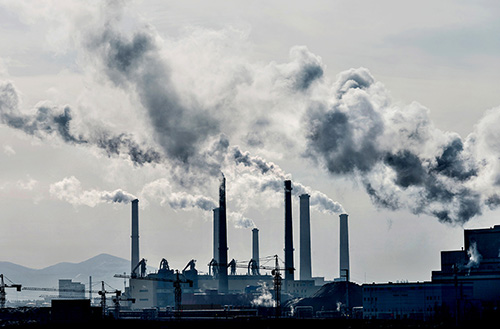Learning goals
We are learning to:
- use appropriate terminology related to human population and demographics
- analyze the effects of human population growth, personal consumption, and technological development on our ecological footprint
- assess the effectiveness of some Canadian initiatives intended to help people in developing countries
Success criteria
I am able to:
- explain demographic changes that have occurred in the history of human population
- explain issues related to rapid human population growth in terms of the economic, social and the environmental impact
- identify and describe a Canadian initiative in a developing country

Welcome to Grade 12 Biology. You will begin your exploration of biology by studying human populations.
Earth is the third planet from the Sun and the only astronomical object known to harbor life. Humans have taken the center stage in this journey as life on earth has evolved.
The human population has grown exponentially over the years. Before we begin our look at the human population, do you know how many humans live on Earth at this moment?
Wondering how close you were?
By the end of 2020 it is estimated that the human population will have reached approximately 7.8 billion.
Notebook
Setting up a notebook
You will need a notebook for this course. You may choose to use a paper notebook and handwrite your notes. Or, you may choose to create a document on your computer using Microsoft Word, Office 365, Google Drive or some other file storing network. Consider carefully which works best for you. You should summarize new learning and add notes to the notebook at the end of each learning activity. It is important for learners to actively think and make connections when learning new content. This active thinking, note-taking and brainstorming while reading greatly increases success and comprehension.
It’s important to note that throughout this course you will be asked to brainstorm ideas and make rough notes as part of the learning process.
Notebook
Now is your chance to begin your notebook:
Reflect and list issues that are impacted by a large increase in the human population. Your answer focus should be on Environmental, Economic and Social factors.
History of human population growth

As of 2018, the global human population was approximately 7.5 billion, adding 75 million more people to the earth than there were the year before. That’s like adding 2.3 times the population of Canada to the earth in one year.
It is expected that the human population will reach 9.4 billion by the year 2040, but this rapid increase in human numbers is a very recent phenomenon.
Try It!
Now that you have a good understanding of how Human Population has grown over the last century, try to complete a graphing activity using graphing software such as Microsoft excel or by hand using graph paper.
1. Using the table below plot time (years ago) on the x-axis and world population size on the y-axis. Start the x-axis at approximately 12,000 years ago (10 000 BCE).
| Date | Global population (in millions) |
|---|---|
| 10,000 BCE | 1 |
| 8000 BCE | 5 |
| 6000 BCE | 10 |
| 4000 BCE | 20 |
| 2000 BCE | 35 |
| 1 | 200 |
| 1804 | 1000 |
| 1927 | 2000 |
| 2000 | 6070 |
| 2010 | 6800 |
| 2017 | 7500 |
2. Curious if you got the graph right? Have a look at the answer below.

Use the information from your graph to answer the questions below:
- Describe the trend in human population growth.
- Does it indicate the presence of more than one growth pattern? Yes / No
- Explain why you chose Yes or No as your answer?
- The trend is that of small, gradual increases in population over the time period from 10000 to 2000 years ago. This is followed by steep increases during the last 1000 years, especially over the last 200 years.
- Yes
- The trend suggests Two growth patterns: the first is gradual, before about 2000 years ago, and the second shows an exponential increase during the last few hundred years.
Resource use and carrying capacity
So, what factors affect the growth of the human population? Any study of human population dynamics must include an assessment of our resource use. In this section, you will learn about the types of natural resources that humans consume and how this relates to the concept of human carrying capacity.
Types of resources
Overpopulation does not depend only on the size or density of the population, but on the ratio of population to available sustainable resources. It also depends on how resources are managed and distributed throughout the population
The following provides an overview of the main categories of resources that humans consume.

75% of planet Earth is covered in water. 97.5% of that is ocean and 2.5% is freshwater. 70% of freshwater is divided into glaciers and ice caps and the remaining 30% into land surface water, such as rivers, lakes, ponds and groundwater. Most of the freshwater resources are either unreachable or too polluted, leaving less than 1% of the world’s freshwater, or about 0.003% of all water on Earth, readily accessible for direct human use.

Trees are also highly necessary for human existence due to the absorption of carbon dioxide and other gases, the production of oxygen, and the food, fuel and habitat they offer. However, trees also add ease and luxury to human lives as cellulose (powdered wood pulp), and other tree components, are often added to everyday products, from tasty snacks to art supplies.
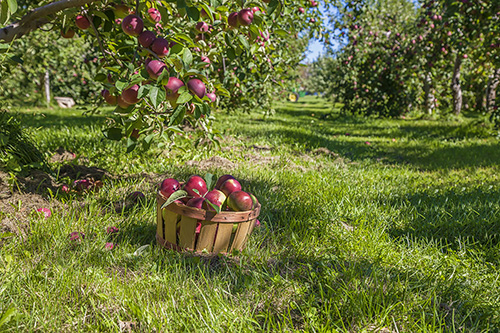
The relationship between overpopulation and environmental impacts are often interrelated and complex. Overpopulation has resulted in the growth of urban settlements which in turn increases deforestation, land degradation, waste and pollution. Overpopulation is accompanied by growing demands for food and fresh water.

Non-renewable energy comes from sources that will run out or will not be replenished in our lifetimes—or even in many, many lifetimes. Most non-renewable energy sources are fossil fuels: coal, petroleum, and natural gas. Carbon is the main element in fossil fuels.
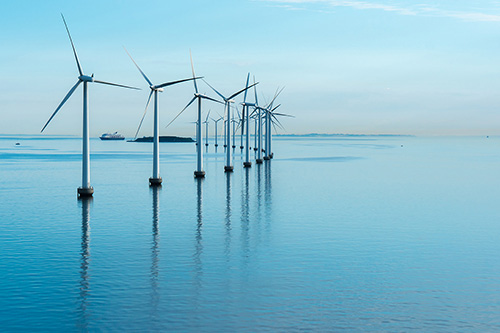
Renewable energy is energy produced from sources that do not deplete or can be replenished within a human’s life time. The most common examples include wind, solar, geothermal, biomass, and hydropower. This is in contrast to non-renewable sources such as fossil fuels.
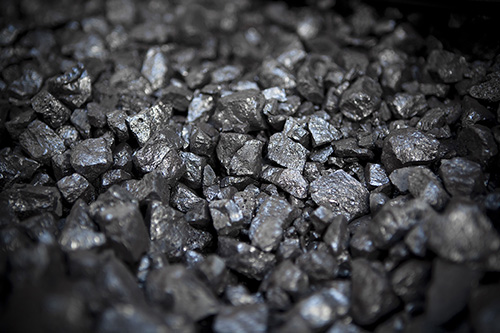
Minerals are solid, naturally occurring inorganic substances that can be found in the earth’s crust. Metals are elementary substances, such as gold, silver and copper that are crystalline when solid and naturally occurring in minerals. They often have the characteristics of being good conductors of electricity and heat, of being shiny in appearance and of being malleable.

There is great pressure on the natural resources (water, land) due to overpopulation. Among all the natural resources, Land is the most important one. All agriculture, animal and forestry productions depend on the land productivity.
Human Carrying Capacity
Carrying capacity means the population size for a given species that a specific environment can sustain indefinitely, given the food, habitat, water, and other necessary resources available.
While the term is relatively new, the concept has been in development for over 200 years
 Garrett Hardin
Garrett Hardin
“A finite world can support only a finite population; therefore, population growth must eventually equal zero.” (Garrett Hardin, “The Tragedy of the Commons,” 1968)
How many people can our planet sustain?
This question is difficult to answer. It depends on:
- what standard of living you think is desirable
- whether advances in technology will continue to find new resources
- how much of the earth we want to leave in a natural state?

 Robert Malthus
Robert Malthus
In 1798, Thomas Robert Malthus, an English reverend and mathematician, published An Essay on the Principle of Population. In his essay, Malthus hypothesized that "the power of population is indefinitely greater than the power in the earth to produce subsistence for man.”
In other words, the potential growth rate of human populations will always exceed the growth rate in their food supply. Malthus observed that human populations can increase very quickly, as more births lead to more reproductive adults, which leads to even more births (an exponential process).

Food production, however, tends to increase more slowly. It grows by only an incremental amount. He reasoned that “this implies a strong and constantly operating check on population from the difficulty of subsistence,” meaning that the amount of food available will continually act to limit human population size.
According to Malthus, human population size is regulated by its food supply when the number of people exceeds the available food supply.
The regulations on human population growth are either:
- voluntary (for example, birth control, abstinence, or delayed marriage)
- involuntary (for example, famine, disease, or war).
Ecological Footprint
To determine the human carrying capacity of the earth, we need to quantify the amount of resources used by each individual. One way to calculate this is by using a measure called the ecological footprint.

An ecological footprint is a measure of a person’s daily demands on the earth’s ecosystems.
It is the amount of biologically productive area of the earth (land and sea) needed to produce the resources a person consumes, in addition to the area needed to absorb and treat the resulting waste. It is measured in global hectares (gha).
What does a global hectare represent?
A global hectare represents the biological productivity found on one “average” hectare (a measure of area) of the biologically productive parts of the earth. It is estimated that each person on earth needs 2.1 gha to meet their needs, but this is not distributed evenly.
North Americans consume more resources per capita than anyone else on the planet.
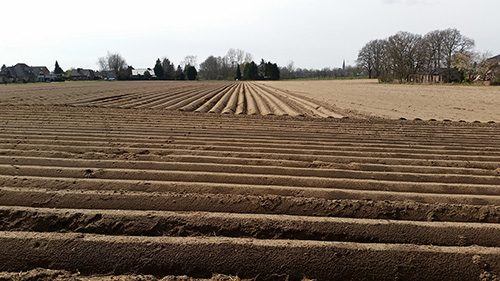
Factors Affecting Human Population Growth
So far you have studied the growth rate at which the human population has grown over the years, in this section you will learn about the factors affecting this growth.
Demographic transition and economics
While global population size is still rising, it is not increasing equally in all parts of the world.

In developed countries:
- birth rates have recently declined.
- birth rates in some countries are so low that their populations would begin to shrink if they didn’t use immigration to keep their populations stable.
Yet each of these countries at one time experienced high rates of population growth.
Population growth phase in developed countries
Population stability phase
In the early 1900s, most developed countries began to experience significant changes in their social structure.
A reduction in family size was seen due to:
- widespread education
- the social advancement of women
- urbanization
- economic opportunity
- low risk of infant mortality
As people moved away from farms into the cities, they did not need to have as many children for labour. Also, living space in cities was smaller, so it was more expensive to house a large family
As a result, populations in many developed countries entered stage 3, as shown in the graph. Their population size was still increasing, but the rate of this increase was slowing down.

Today, with further decreases in birth rates, most developed countries have entered stage 4 (stability) or even stage 5 (a decline).

Birth rates have continued to decline.
Now, the average number of children born per woman in developed countries is about 2.1. This is barely above the number needed to replace the population (about 2.1 children per woman).
In many developed countries, like Japan and Western Europe, the number is below 1.5. Canada’s rate is about 1.6. Countries with a level of below 2.1 will eventually experience a decline in population size unless they compensate with increased immigration.
In developing countries, the birth rates are still high, with each woman having an average of 4.5 children.
Understanding checkpoint: Demographic transition and economics
Before we move on to the next topic, let’s see how well you understand demographic transition and economics.
Try It!
What caused the human population to rapidly increase, around 250 years ago?
The Industrial Revolution allowed humans to extract more resources, develop advanced medical technology, and provide far more food to many more of the world’s wealthier people.
Future population trends
Despite some high-growth countries, populations in most countries are now showing signs of slower growth.
This is mainly due to:
- social and economic development
- a lower risk of infant mortality
- continuing urbanization

Globally, however, there are about:
- 20 births per 1000 people/year
- eight deaths per 1000 people/year
This translates into:
- an annual growth rate of 1.1%, which means that about 75 million more people are added to the earth every year.
- about 200,000 people added per day or about 140 people added per minute!
At this rate, the world’s population would double in about 40 years.
Interesting to note: It took over 100,000 years for the human population size to reach 1 billion. It took only another 123 years to reach the next billion, and only 32 years after that to reach 3 billion. Since then, we’ve been adding a billion people every 12 to 15 years or so.

How high will the population go?
The answer depends on constantly changing factors that influence birth and mortality rates, such as:
- social and economic development
- advances in medicine and agriculture
- shifts in cultural attitudes.
These vary by region, so population patterns will not be the same everywhere.
Estimates vary widely but most studies agree that the rate of global population growth is slowing down significantly. For example, in 2007, the United Nations Population Division projected that the world’s population will likely surpass 10 billion in 2055 and then begin to decline because of economic factors, health concerns, land exhaustion, and environmental hazards.
Understanding checkpoint: Future population trends
The United Nations Population Division predicts that global human population size will peak sometime this century and then begin to decline.
Try It!
Consider reflecting and gathering your thoughts to answer the questions below. Compare your answers with the suggested answers, revisit the topics if your answers vary to a great extent.
What are three factors that will likely cause this decline?
- A lowering of global birth rates to below the replacement level of 2.1
- Economic development and urbanization, changing cultural attitudes towards family
- Land exhaustion and environmental degradation of the earth will limit our ability to feed everyone.
Where would the decline in population growth rate be the most dramatic? Why?
Developing countries that progress towards more development. Countries like India and China are becoming wealthier and are developing a large population of middle-class citizens who will tend to have fewer children.
It is also possible that environmental degradation could slow population growth rates in some developing countries by keeping infant mortality rates high
Environmental consequences of human population growth
The pollution we create and the natural systems we degrade all lower the carrying capacity of the earth to support life. In this section, you will learn about the environmental impacts caused by human activities.
The environmental impacts of human population growth on the planet affect all ecosystems. These impacts generally arise from three main causes:
Discover More
Tragedy of the Commons
Why do humans over-consume so many natural resources, even when they know the environmental consequences?
One reason is known as the “tragedy of the commons.” The phrase comes from an example about cattle grazing, written in 1968 by Garrett Hardin, an ecologist. (You saw one of his quotes earlier in the lesson.)
A “commons” is a shared field for grazing cattle that is open to everyone. Because the land is not owned or controlled by anyone, there is no reason to help conserve the grass. If you try to conserve the grass by grazing fewer cattle, your competitor will use the resource that you saved in order to graze more cattle for himself and make money at your expense. So, it does not pay any of the cattle ranchers to try and conserve the grass. The resource is doomed to be over-exploited until it is gone. Everyone knows they are destroying the resource, but they feel they have no choice. That is why it is a called a tragedy.

The tragedy of the commons appears in many shared resources, especially in the ocean fisheries. Because no one owns the fish, no one benefits from conserving them. If you don’t catch as many fish as you can, then someone else will. You will study a dramatic example of this in a case study of the Atlantic cod, in a later lesson.
Understanding checkpoint: Environmental consequences of human population growth
Try It!
Check your overall understanding of Environmental Consequences of Human Population Growth by answering these questions.
Canadian aid to the developing world
The problems caused by rapid population growth and an uneven distribution of resources in the developing world are severe.
Billions of people are affected by:
- poverty
- malnutrition
- lack of educational opportunities
- environmental degradation

Canada is helping developing nations deal with their problems mainly in two ways:
- social and economic development
- advances in biotechnology that can help feed a hungry world
Canadian social and economic aid
Currently, Canada delivers much of its aid to developing countries through:
- The federal government ministry
- Foreign Affairs
- Trade
- Development Canada
Formerly, it was done through the Canadian International Development Agency (CIDA). Canada provides funding and expertise in partnership with local governments and other development agencies. It is helping hundreds of millions of people in many countries around the world. Projects tend to focus on the ability of the nation to help itself, through economic and social development.
Task: Canadian initiatives in the developing world
Canada’s Global Affairs Department is responsible for distributing foreign aid. There are many types of foreign aid that may range from economic funding, resource allocation, or other types of support. To find out more about the various projects, go to the department’s website(Opens in new window).
Your task is to find one project and learn more about the partnership with the developing country and the impact of the initiative.
Try It!
To further your learning, answer the following questions in your notebook based on what you found out about Canadian initiatives in the developing world:
- What country received the foreign aid?
- Was the aid in the form of economic funding or resources, or both?
- Why did Canada provide this aid?
Part 1: Summarize your learning
You are at the end of this learning activity. Now is your chance to summarize your learning in your notebook.
Part 2: Connect your learning
Task: Research the population growth trends of another country
As you have seen in this learning activity, different populations around the globe are experiencing different growth rates, some being a positive rate (increase in population) and others with a negative rate (decrease in population). We may seem to understand the factors involved in growth of various populations, but we should rely on evidence from research to infer the reasons behind these trends.
- Research one (1) example for each type of growth rate (positive and negative).
- Be sure to choose a reputable, unbiased and accurate Internet source. This information should be relatively recent as well (e.g. within the last two (2) years).
Use the chart below to organize your research:
| Country with an increasing population trend: | |
|---|---|
| Web resource #1 | |
| Web resource #2 | |
| Population growth: | Positive or negative |
| List the factors involved in the population growth trend: | |
|---|---|
| Economic | |
| Social/cultural | |
| Environmental | |
| Political (e.g. government) | |
| Country with a decreasing population trend: | |
|---|---|
| Web resource #1 | |
| Web resource #2 | |
| Population growth: | Positive or negative |
| List the factors involved in the population growth trend: | |
Part 3: Reflect on your learning
Review
Now that you have completed this learning activity, reflect back on the success criteria.
- explain demographic changes that have occurred in the history of human population
- explain issues related to rapid human population growth in terms of the economic, social and the environmental impact
- identify a Canadian initiative in a developing country
Looking at your notes for this learning activity, are they complete? Do you have all the information you will need to study later on?
Take the time to review concepts you are unsure about before moving on.
Select your level of readiness for each criterion.
| Success criteria - I am able to: | Yes - confident I am able | Not yet - need to review the learning activity |
|---|---|---|
| Explain demographic changes that have occurred in the history of human population | ||
| Explain issues related to rapid human population growth in terms of the economic, social and the environmental impact | ||
| Identify and describe a Canadian initiative in a developing country |








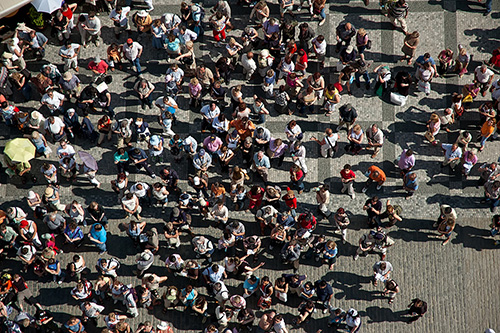







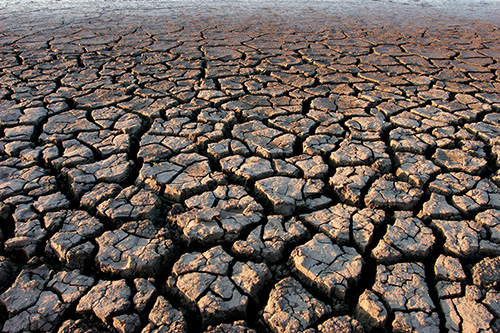
 Norman Borlaug
Norman Borlaug




